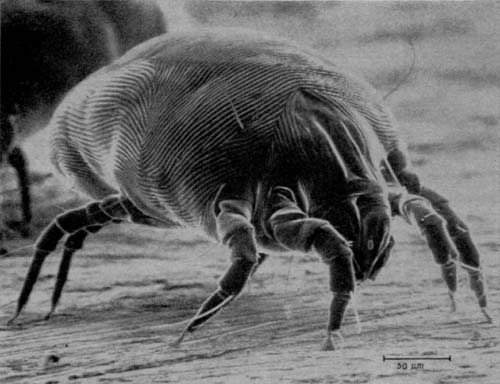
Allergen Avoidance
If your dog or cat suffers from itchy skin, red paws, or constant scratching, allergens could be the cause. Many pets with atopic dermatitis react to everyday things in their environment—like dust mites, pollen, or mold.
While we can’t eliminate all allergens, there’s good news: there are things you can do at home to help reduce your pet’s exposure and ease their symptoms.
Dust Mites: How to Keep Them Away from Your Pet
Dust mites are tiny creatures that live in bedding, carpets, and furniture. They’re a common trigger for allergies in pets. Simple ways to reduce dust mites contact:
- Keep pets out of bedrooms—mattresses are dust mite hotspots.
- Use mite-proof pet beds and covers.
- Wash bedding and stuffed toys once a week in hot water (60°C).
- Avoid carpets, curtains, and heavy fabrics; opt for smooth floors and blinds.
- Change or upgrade furnace and A/C filters to allergen-control versions.
- Bathe and groom your pet regularly to remove allergens from the skin.
- Vacuum with double-layer microfiltration bags.
- Use a dehumidifier to keep humidity below 45%.
- Maintain a cool room temperature (21°C or lower).
- Try Pet’s Relief Allergone Spray to neutralize dust allergens at home—one application lasts up to 5 months. Read more.
-

House dust mites are in all our homes, and a common allergen for many pets
Storage Mites: Don’t Let Food Become a Problem
Storage mites can live in pet food and treats, especially if it’s stored improperly. Tips to limit exposure:
- Store food in airtight containers in a cool, dry place.
- Throw away empty food packaging immediately—don’t leave it in indoor bins.
- Avoid large food stockpiles; buy smaller amounts more often.
- Keep dry food and treats in the freezer until needed.
- Clean feeding areas and vacuum with microfiltration bags.
- Wipe your pet’s face after eating to remove food residue.
- Wash food bowls daily with hot water and detergent.
- Keep humidity below 45% and temperature under 21°C.
- Groom and bathe regularly to remove allergens from fur.
- Replace furnace filters regularly.
Pollen: How to Help During Allergy Season
Pollen from trees, grass, and weeds can cling to your pet’s coat and cause seasonal flare-ups. Ways to help:
- Ask your vet about allergy testing to identify which pollens affect your pet.
- Keep windows closed on dry, windy days—open them after rain or during low pollen times (early morning or evening).
- Keep pets indoors when lawns are being mowed.
- Change car and A/C filters regularly.
- Vacuum and dust using microfiltration bags.
- Check local pollen forecasts and plan walks accordingly.
- Dry clothes and bedding indoors instead of outside.
- Bathe and brush your pet to remove pollen from fur and skin.
Mold: A Hidden Trigger in Humid Spaces
Mold spores are another common allergen that can affect your pet’s. How to reduce mold exposure:
- Clean any visible mold with appropriate cleaners.
- Keep your home well-ventilated and use a dehumidifier.
- Check indoor plants for mold growth.
- Avoid forest walks during humid or rainy days, especially in autumn.
- Dry laundry and bedding indoors.
- Maintain a cool room temperature (21°C or lower).
- Replace car, furnace, and air filters regularly.
- Regular grooming and bathing help remove mold spores from your pet’s coat.
Reducing allergens at home is one of the most effective ways to support your pet’s comfort—especially if they have skin allergies. Regular grooming, smart cleaning routines, and using the right products can make a big difference in your pet’s quality of life.